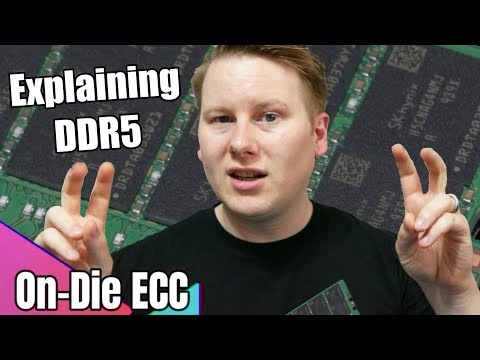My server today
- Unraid OS
- Asus X299 TUF MK1
- Intel 7820x
- 32GB 4dim 3600
- Intel Optane 480GB pcie
- 14 HDD 1-18TB (15min spindown) 66TB
- 8 port LSI HBA
- No GPU
- 18 always on containers/docker / No VMs
On the same APU (APC 700w Line-interactive)
- Old 3gen 1nic Intel laptop Router/pfsensen
- 5port vlan switch
- Fibre Media Splitter
Living in Southern Sweden with a price of electricity before 2019 at 0.07-0.15$/kWh with taxes. Last 2 years we are paying 0.3$+/kWh even in summer.
I bought a watt meter switch before the APU for logging power usage. I was reading about 170W idle with 3hdd on, powersave, XMP on,turbo off, PFsense PowerD on minimum.
Now i have turned on all C-state on server, performed a linux powertop tuning on Unraid and it’s hovering around 118w(2HDD on) 190w all HDD on. Around 400$+ (median 150w) in electricity bill a year. 2000$ 5 years.
I know that x299 platform is a hungary platform and i have to much (small) drives. I only want 18TB drives going forward. I’m going to invest about 2000$+ in the summer with goal to half the power consumptions. But there are lacking benchmark to choose good Motherboards on Intels new 12gen Z690.
Ideally i moved the pfsense on a VM. But i manually put on Encryption key on Unraid on every start and do find that is horrible mess to get it working good.
My question is:
1: I want to migrate to ZFS/TrueNAS. But now when power usage it’s more demanding than ever i do not feel it’s a good option for me. My server pinging at least 2-3 hdd all the time. So with zfs all my pool is on all the time in my mind. But i lack zfs knowledge to be certain of it. What do you think about zfs in power consumption against unraid? Are there a good structure to get my optane ssd to take the most read and write hits to not spin up disks?
2: What manufacturer of motherboard and general are going all in on lowering power consumption. In UEFI and total?
3: Should i buy a “T” version of Intel 12gen, or can i buy “K” version and make it a “T” isch version in UEFI?
4: Any disk recommendation in 18TB with low watt usage? I have Seagate ST18000NM000J with no problems yet. But i read that is not so reliable that i want to buy all disks in that type.
5: DDR4/DDR5 power consumption? I want ddr5 for ECC. And my thought is that every DDR generation is reducing power consumptions. Is it right?
6: Any tips how to get vlan/router on VM to work to access unraid/truenas without the VM started. Or a good secure remote way to allow disk encryption to automount disks with good user allowance? Without the router/wan on. I can not figure that out.
